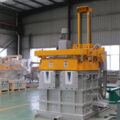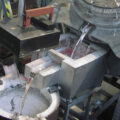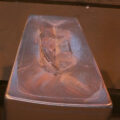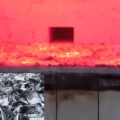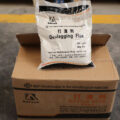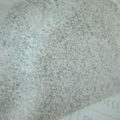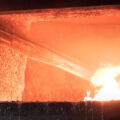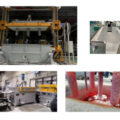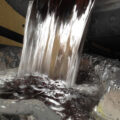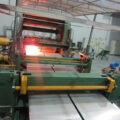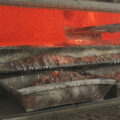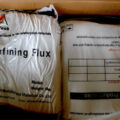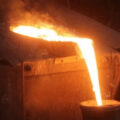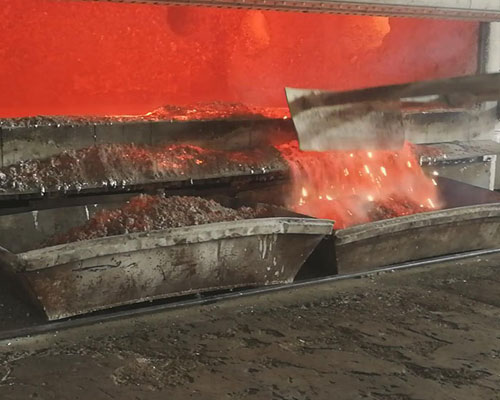
The reactivity of aluminum, especially with oxygen, causes melt losses by formation of drosses in all casthouses, shelters, and foundries. The amount of dross produced is very different dependent on the type of operation. It is minimal for the simple holding of liquid aluminum in primary smelters, but large quantities can form when remelting scrap. In all cases, however, considerable quantities of nonoxidized aluminum are trapped in the dross, contributing to costly melt losses. Therefore, foundry engineers have developed many aluminum dross processing processes permitting the partial recovery of aluminum out of drosses.
Two general categories of aluminum dross processing have historically been employed–physical means and chemical means. In the past, recovery of aluminum was accomplished by rather simple physical techniques. For example, hot dross was taken from the furnace and spread on a concrete floor, allowed to cool and hand separated. In other techniques, the hot dross was cooled by placing it on a floor and letting it air cool, by placing it in a rotary tube and cooling it by spraying water onto the outer tube surface, or by pouring it onto a vibrating metal chute for more rapid air cooling. In all of these techniques, the cooled aluminum had then to be separated from the oxides formed during air cooling. All of these processes had serious environmental drawbacks.
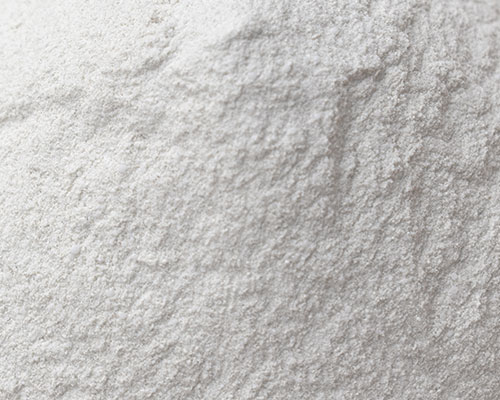
AdTech deslagging flux is white with slightly gray powdery fine particles. Main ingredients arechloride and villiaumite, together with other compounds. After appropriate heat treatment and screening, it turns to uniform size. Spray it with gas from deslagging jar as carrier, sprinkling it directly to the surface of molten metal manually is permitted. Stir molten metal with deslagging flux to achieve deslagging purpose. AdTech deslagging fluxes help to permit the partial recovery of aluminum out of drosses, both environmentally friendly and economically. The fluxes for aluminum melting meet the requirement of high value-added & high-tech performance aviation, transportation and other aluminum alloy precise casting production.
Melting dross is often carried out under a salt flux cover to dissolve the contaminants, mostly aluminum oxide, and to optimize the recovery of aluminum metal. The economic and environmental incentives to recycle aluminum alloys, including dross, have resulted in considerable expansion of the secondary aluminum industry.

